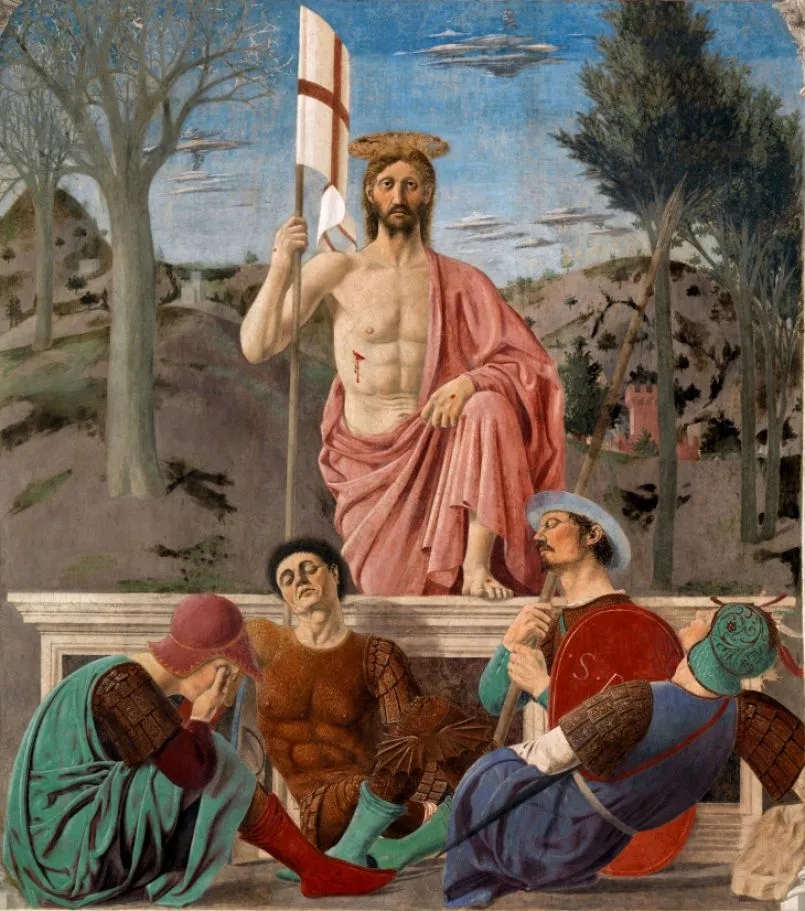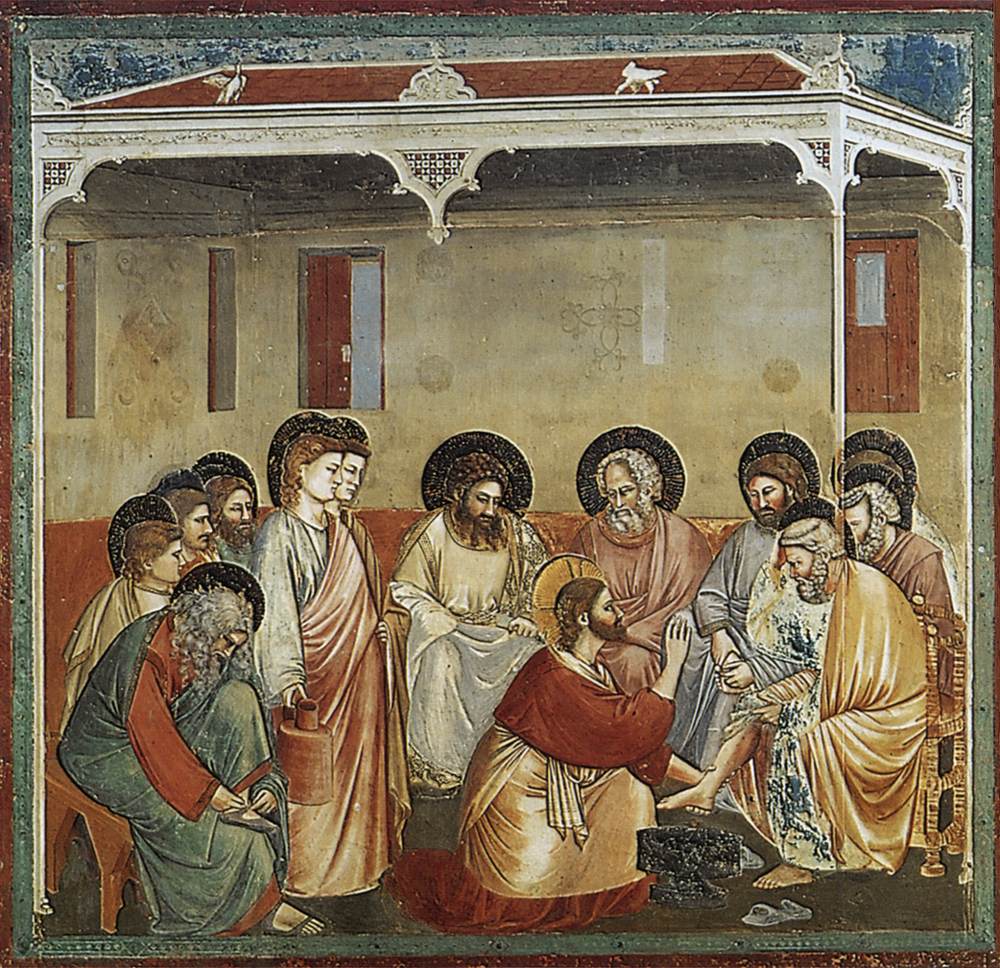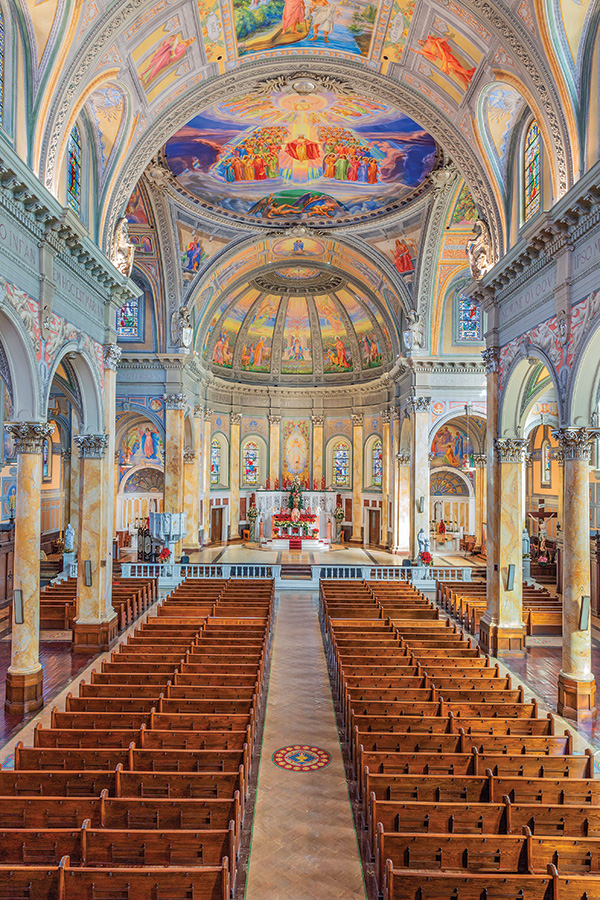Star Trek explains faith? How does it do that?
Star Trek Explains
This isn’t just an excuse to write about one of my favorite television franchises. I have a serious point. Really. My thesis here is that the TV show that promises to take us “where no man has gone before” can help us understand what faith is . . . and what it isn’t. Spoiler alert: faith, and certainly Christian faith, is not what Star Trek thinks it is.
There can be no doubt that the Star Trek television and film franchise has been and remains an important cultural influence. It’s certainly one of the great entertainment success stories of the past half-century. I myself have enjoyed watching its various iterations since I was a child, at first because it was great fun, but more recently for another reason as well. I’ve discovered that, although most of the action is set several centuries in the future, Star Trek provides a useful window into the outlook of late twentieth and early twenty-first century cultural elites. It embodies the view of the world spread and reinforced through the popular media.
Rightful Heir
Consider the following, for instance. In later versions of Star Trek, Earth seems to be the only planet whose inhabitants have “outgrown” their need for religion. I see this as a reflection of the way that western opinion makers want to celebrate every culture in the world but their own (which they tend to treat with disdain). Everyone else in the galaxy is still fully engaged with the traditions of their forebears. The interactions of the (mostly human) main characters with these other beings nicely illustrate how our secular friends view those of us who take religion seriously.
The episode “Rightful Heir” from the series Star Trek: The Next Generation is a good example. It focuses on the the religious practices and beliefs of the fictional alien race of Klingons. The Klingons believe that Kahless, who had founded their empire 1,000 before, would return to them in the flesh. A Klingon claiming to be Kahless does indeed make an appearance, and a DNA test confirms his identity. There are incongruities, however, and he is eventually discovered to be a clone created by Klingon priests. Nevertheless, despite the disappointment of their hopes and the trickery of their religious leaders, at the end we see most of the Klingons still confidently awaiting the coming of their savior.
A Leap of Faith
I found one scene at the end of the show to be particularly interesting. It is a dialogue between two of the regular characters. One of the characters is Data, who is an android, a human-like robot. He has, apparently, achieved something like consciousness (this is science fiction, after all). The other is Worf, the only main character of Klingon parentage. The events surrounding Kahless have raised some questions in Data’s mind:

Data: May I ask a question? In the absence of empirical data, how will you determine whether or not this is the real Kahless?
Worf: It is not an empirical matter, it is a matter of . . . (pause) . . . faith.
Data: (musing) Faith . . . (gesturing to Klingons kneeling before the empty throne of Kahless) They insisted upon waiting here until they see Kahless again. Their “faith” appears unaffected by his inability to defeat Gowron. They still believe. (thoughtful pause) I once had what could be considered a crisis of the spirit.
Worf: You?
Data: Yes. The Starfleet officers who first activated me on Omicron Theta told me I was an android – nothing more than a sophisticated machine with human form. However, I realized that if I was simply a machine, I could never be anything else; I could never grow beyond my programming. I found that difficult to accept. So I chose to believe… that I was a person; that I had the potential to be more than a collection of circuits and subprocessors. It is a belief which I still hold.
Worf : How did you come to your decision?
Data: I made . . . a leap of faith.
“O Man of Little Faith”
Two thoughts immediately come to mind when I watch this scene. First, this is just how secularists perceive religious faith. They see faith as feelings based on no “empirical evidence.” It’s either pure intuition, as in Worf’s case, or a “leap of faith” in the sense that Data uses the term. This is not Kierkegard’s leap of faith. Here it means that the leaper chooses to believe that something is true simply because he wants it to be true.
The second thing that struck me is that neither of these versions of “faith” correspond to the Christian meaning of the word. To see the difference, compare the scene above to the following passage from the gospel of Matthew:
And in the fourth watch of the night he came to them, walking on the sea. But when the disciples saw him walking on the sea, they were terrified, saying, “It is a ghost!” And they cried out for fear. But immediately he spoke to them, saying, “Take heart, it is I; have no fear.” And Peter answered him, “Lord, if it is you, bid me come to you on the water.” He said, “Come.” So Peter got out of the boat and walked on the water and came to Jesus; but when he saw the wind, he was afraid, and beginning to sink he cried out, “Lord, save me.” Jesus immediately reached out his hand and caught him, saying to him, “O man of little faith, why did you doubt?” And when they got into the boat, the wind ceased. (Matthew 14: 25-32)

Jesus immediately reached out his hand and caught him, saying to him, “O man of little faith, why did you doubt?”
Not Blind Faith
Peter does not need to take Data’s “leap of faith,” nor is he relying on intuition. He not only sees with his own eyes Jesus walking on the water, he actually walks on water himself. Then, when his faith falters, he sinks. You can’t get much more empirical than that. When Jesus tells him that his faith is weak, then, he clearly is not talking about believing something with no evidence. He means trusting what you have truly seen and experienced. Christian Faith is not blind faith.
The Stark Trek understanding of faith is the same as the view that Peter Kreeft ascribes to the “modern world.” Kreeft says:
The most pervasive mistake the modern world makes about faith is to subjectivize and psychologize it, as if believers constructed their religion out of their own psyches.
Christian Faith is very different.
St. Peter himself would later write “Always be prepared to make a defense to anyone who calls you to account for the hope that is in you” (1 Peter 3:15), and in fact there is no shortage of reasons, and no lack of evidence, for God and for Christianity. There are cogent philosophical arguments from St. Thomas Aquinas and others, well-attested miracles, and the witness of countless Christians whose lives were transformed when they put their trust in the promises of Christ. The evidence is there. What is lacking is the will to see it for what it is, to trust what we have seen and heard.
The Truth
It is important to bear all this in mind when discussing faith with those who don’t share it, or who have not been well-formed in their faith. Our faith, pace Worf, is empirical. It’s based on trust in the Christ whom we have experienced. If we accept the Star Trek version of Christian faith we force ourselves to defend a position built on fantasy. The reality, however, is that we do have the Truth, and we really are prepared to give an account of the hope in us. Let’s leave the science fiction explanations to the other guys.






























